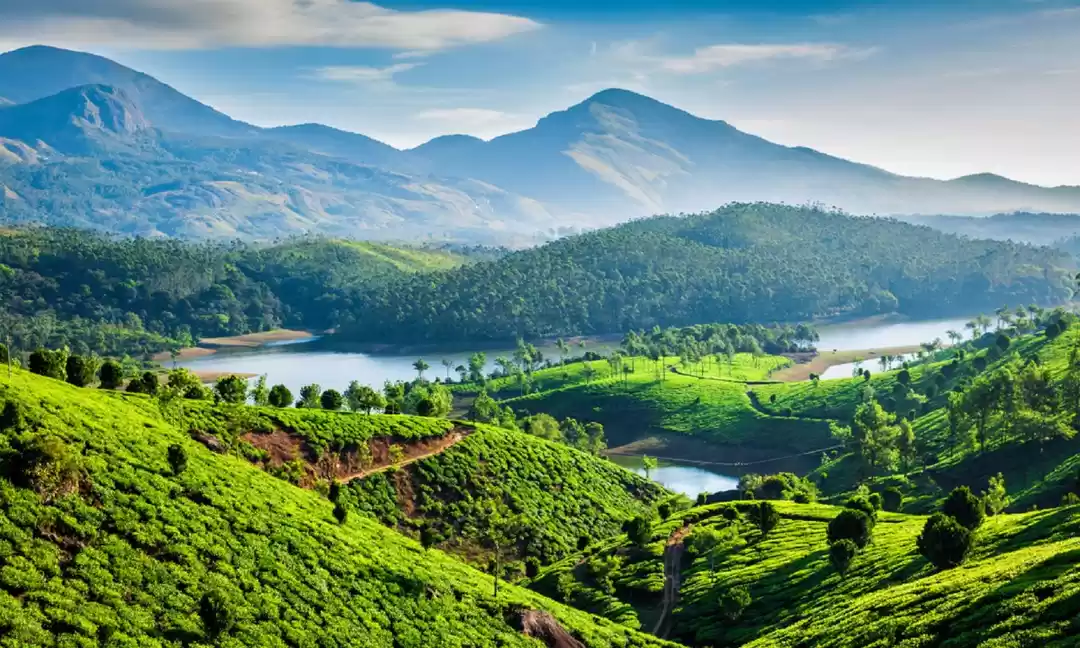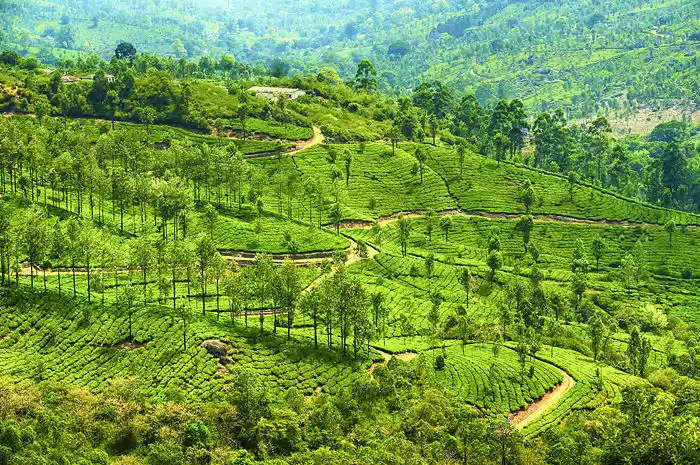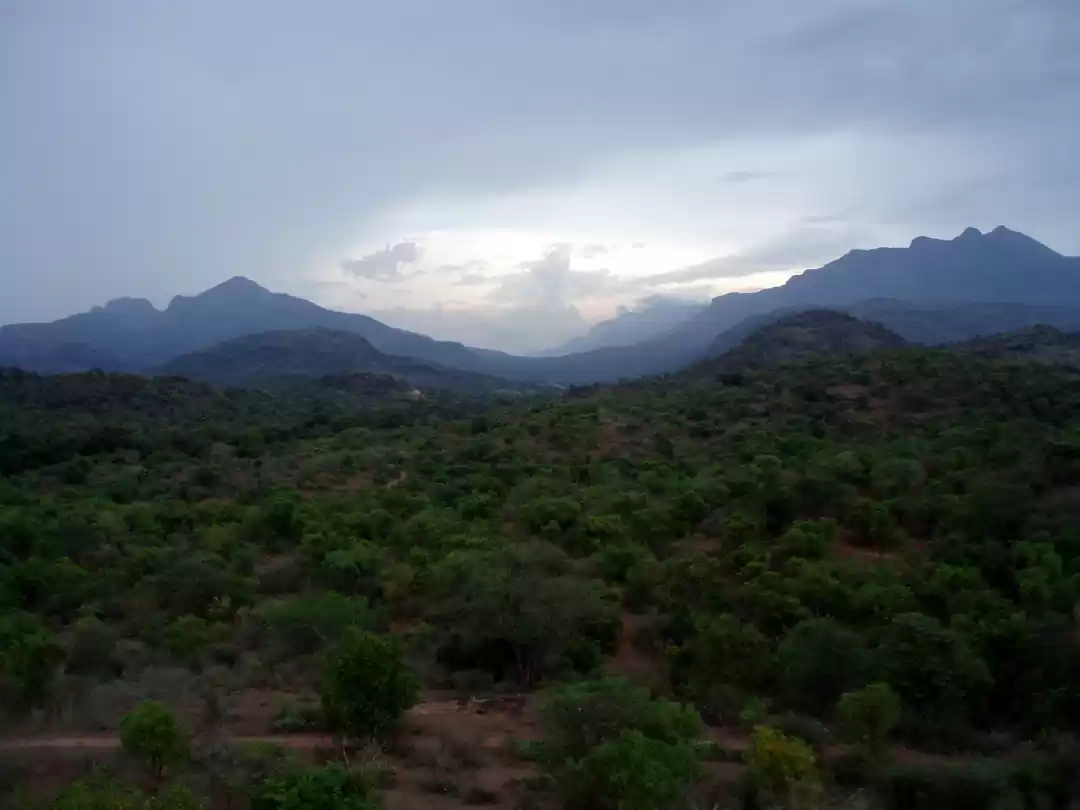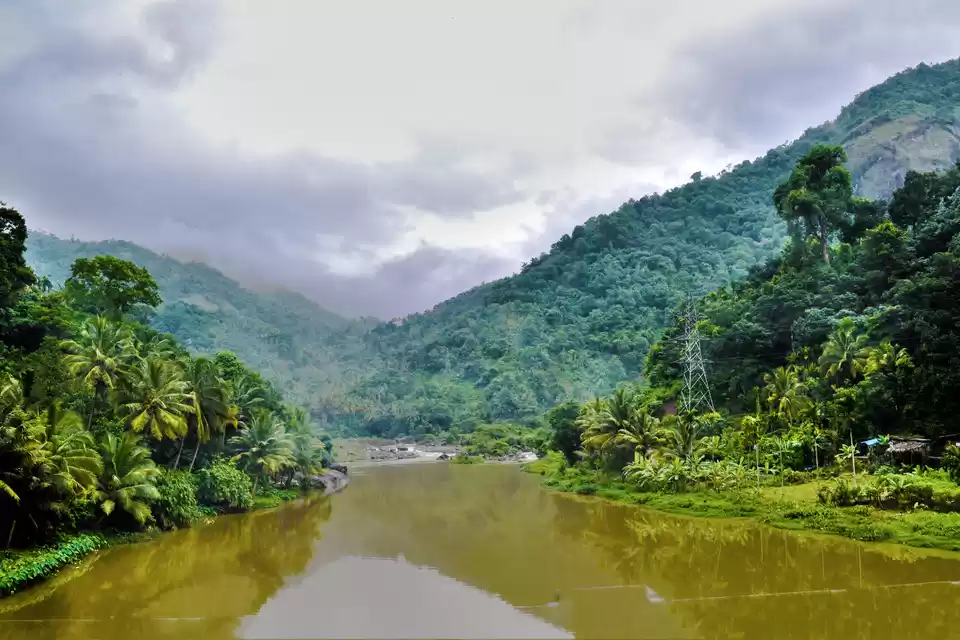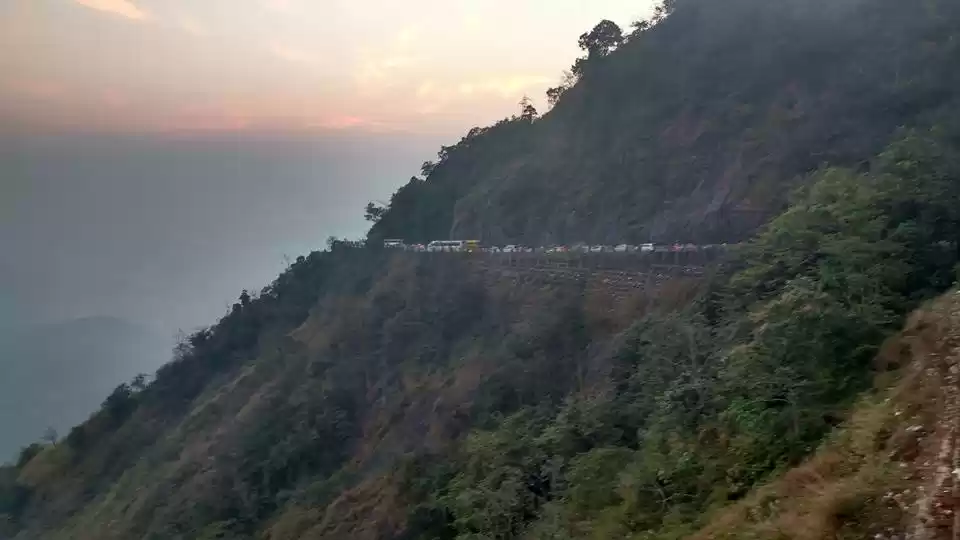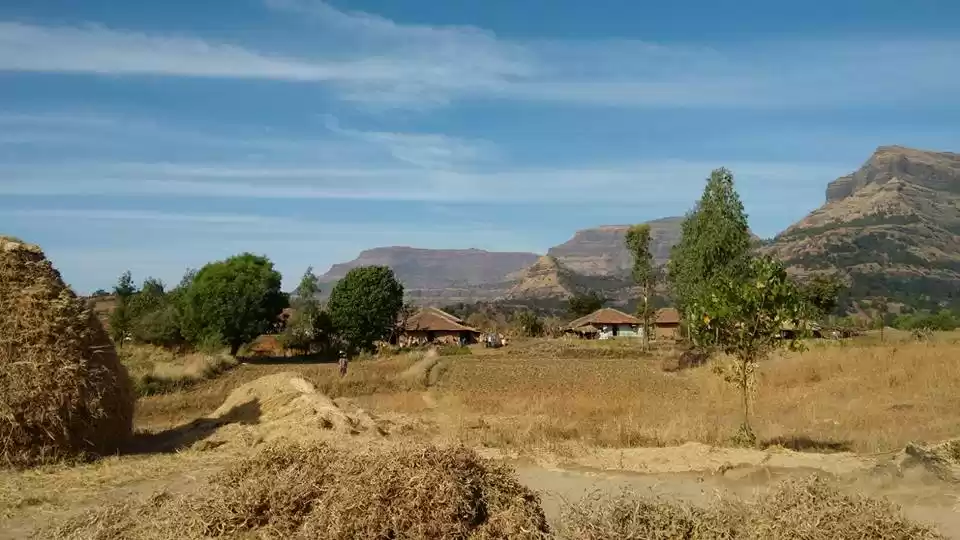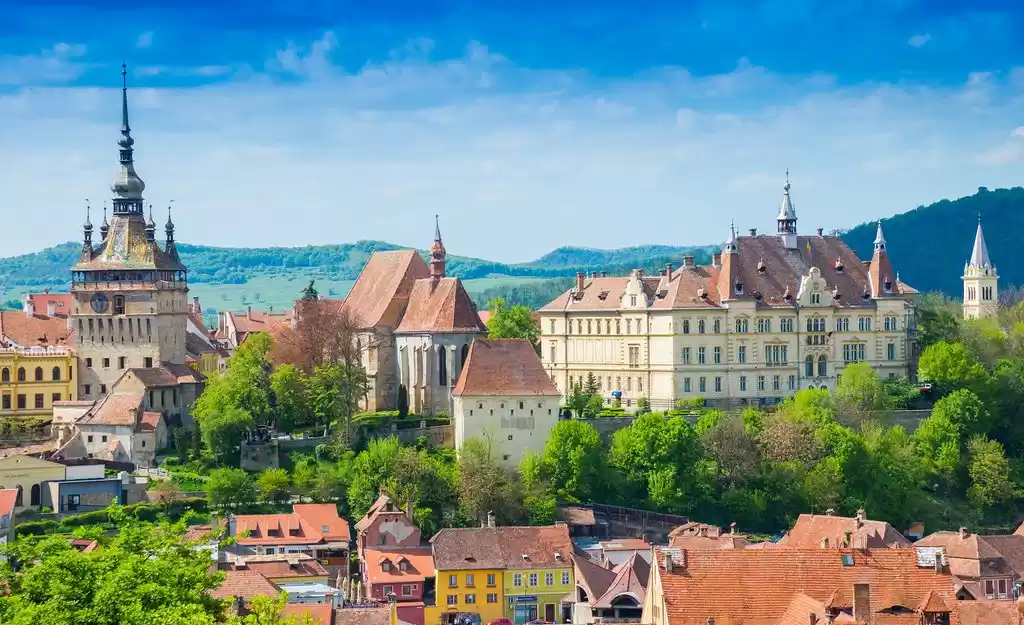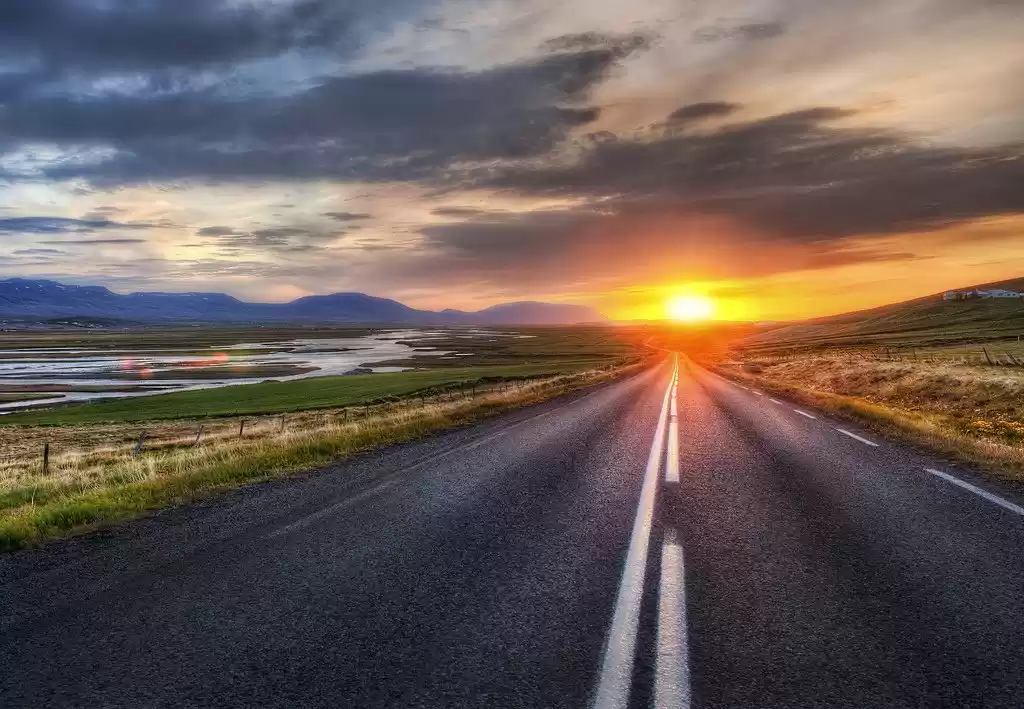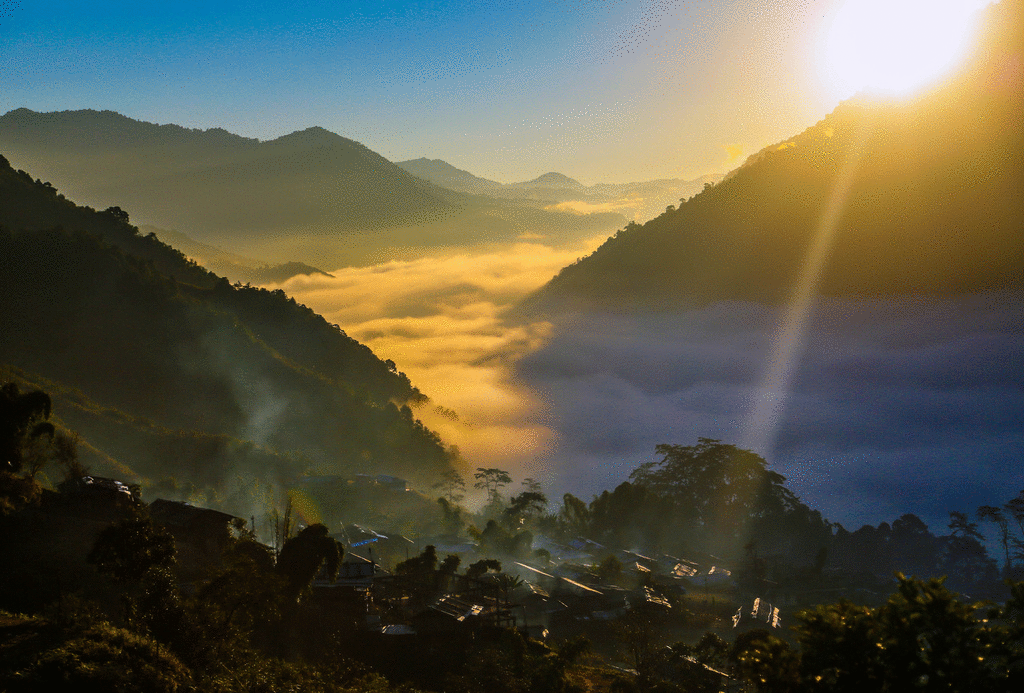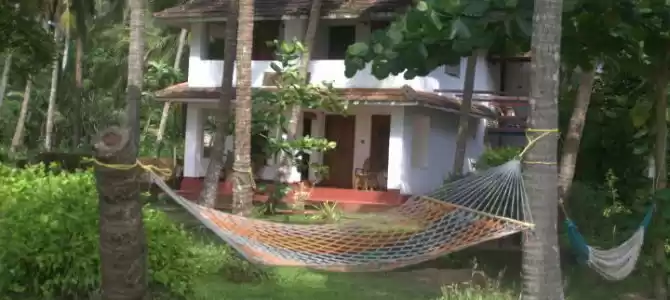
A phenomenon whose influence stretches to the monsoons, The Western Ghats are older than the Himalayas and denser than most of the forest ranges in the nation. Also known as Sahyadri they are a UNESCO world heritage site and where temperature is concerned, they’re one of the hottest ones known today. Being a cluster of hills and mountains, this place is a great tourists attraction and enjoys massive footfall round the year.

Our beach capital Goa and aamchi Mumbai are two of the most visited cities, west of the map. There has always been a great hype when it comes to these two holiday destinations in India. To welcome the monsoons, one can visit all of the Kerala area and be soaked in the green and fragrance filled beauty of Wayanad and Munnar along with the Karnataka beauties like Coorg and Agumbe with Ooty from Tamil Nadu joining the party as well. This stretch is known for destinations that one can visit throughout the year and feel grateful for the beauty that it houses. This makes Western Ghats Tourism a festival that everyone should experience.
Wondering about the Eastern ghats as well?
The defining difference between eastern and Western Ghats is the fact that they’re separated by an average elevation of 300 metres. Moreover, the Western Ghats are a continuous range while its Eastern cousin breaks at the Bay of Bengal.
From a tourism point of view the Western attracts more visitors, because of the sheer beauty that it has to offer.
Visiting the St Stephen's Church, Botanical Gardens, Tribal Research Centre Museum, Nilgiri Library is a platter for the soul while the Mudumalai Tiger Reserve, Anamalai Tiger Reserve, Berijam Lake etc. are for the adventure-junkie in you. They have a package of extremes that they offer to the adrenaline-addict in you.

With its quirky nature and fresh feel, this range makes for one of the most valuable and eccentric destinations which can be reached through all major cities via a bus, train or flight, the closest town being Kundremukh where trekking is the key ingredient, being well-connected to the cities from here you can decide your own route and cover these rain-barriers, monsoon-laden hotspots.
Coldest and wettest days can be seen in the Western Ghats of India with the mean temperature being 20 degrees and 24 degrees in south and north respectively. The extreme weather conditions can also be experienced in the Western Ghats Mountains, Anaimalai to the north, the Palni to the northeast, and the Cardamom Hills to the south. These ranges have experienced the coldest of climates and can be a wonderful experience for your system.

Location of Western Ghats India goes from the Satpura Range in the north, to Goan culture in the South and through Karnataka, into Kerala and Tamil Nadu where it ends at Kanyakumari boundary-ing the Indian ocean.
This species-rich and biologically diverse region offers nothing less than a Jurassic park experience and makes for the rawest form of tourism offering all the unique flora and fauna that is just eye-pleasing. Being home to such great biodiversity, these Benevolent Mountains have more than you can think of and is an escapade which will be an exciting one filled with fresh fragrance of green trees and raw mountains. Live the National Geographic with a visit to the Western Ghats.
Recognized internationally, the western ghats can be seen on the map below for a greater clarity. Western ghats map:















